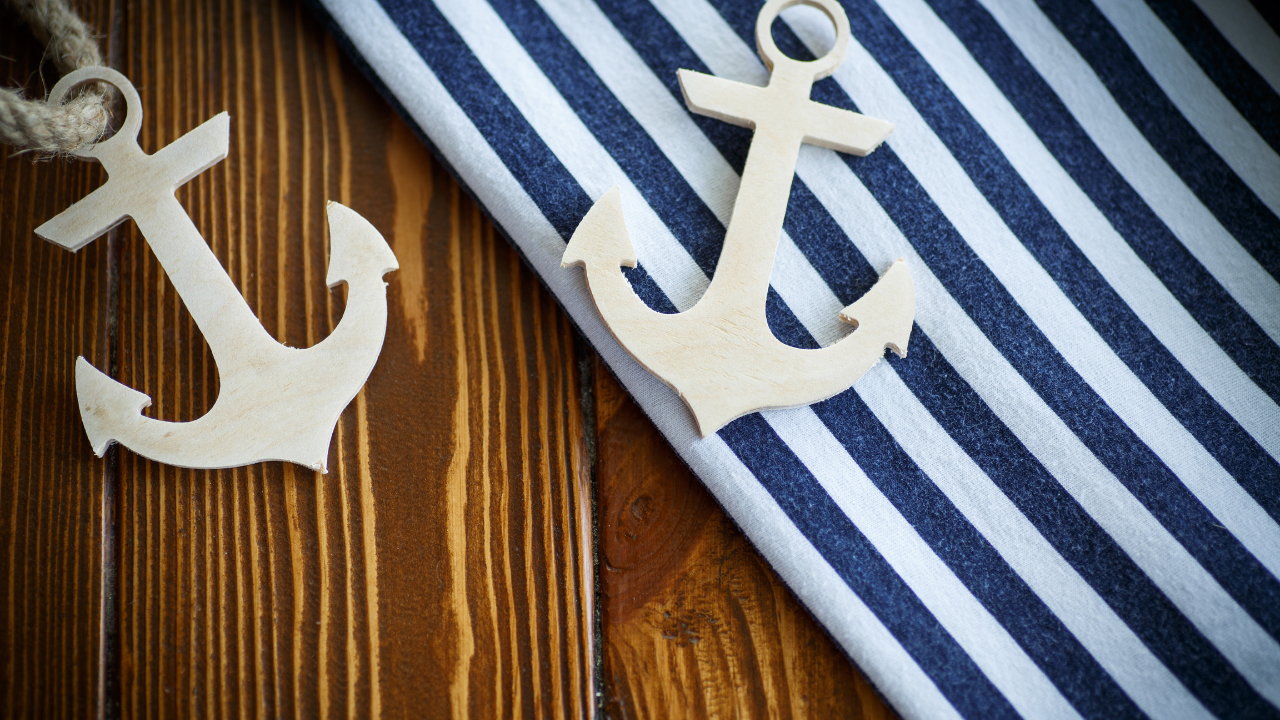
Introduction
Miami, the magical city of Florida, is known for its vibrant lifestyle and unique relationship with the sea. One of the most fascinating aspects of this city is the nautical architecture that surrounds it. From luxurious waterfront residences to charming coastal restaurants and museums celebrating the rich maritime heritage, architecture in Miami is intrinsically linked to the ocean. In this article, we will explore five key aspects of nautical architecture in Miami, revealing how design seamlessly merges with marine life. Join us on this exciting journey through the culture and charm of Miami’s maritime world.
Waterfront Residence Design in Miami
Miami is famous for its stunning waterfront properties, and the design of these residences is a key element of nautical architecture in the city. Houses and condominiums along the Miami coast often incorporate specific features to make the most of their waterfront location. This includes large windows with panoramic views of the ocean or bay, spacious terraces, and patios that allow residents to enjoy the sea breeze and direct access to the water through private docks.
Architects in Miami often strive to create a harmonious fusion between modern architecture and the needs of maritime life. This means that, in addition to having stunning aesthetic designs, these residences are designed to accommodate and protect boats. They often include underground boat garages, boat lifts, and storage systems for nautical equipment.
The use of corrosion-resistant materials suitable for saltwater is essential in Miami’s nautical architecture to ensure the durability of structures over time. Moreover, many of these properties include advanced security systems to protect both boats and the property itself.
Marinas and Sports Ports in Miami
Marinas and sports ports in Miami are key elements of the city’s nautical architecture. These facilities are not only functional but also often picturesque, complementing the natural beauty of Miami’s coastline.
The architecture of marinas and sports ports includes floating docks, walkways, service buildings, and storage areas for boats. Floating docks, in particular, are an essential component that allows the safe and comfortable mooring of vessels of different sizes. These docks are designed to withstand tides and adverse weather conditions and are often constructed with durable materials such as aluminum and treated wood.
Service buildings in marinas typically have a practical and functional design, providing services such as fuel supply, boat maintenance, equipment rentals, and nautical goods stores. These buildings are designed to facilitate navigation logistics and ensure the safety of boaters.
Restaurants and Bars on the Miami Coast
Restaurants and bars along the Miami coast are a highlight of the city’s nautical architecture. These venues are designed to offer unique dining experiences with breathtaking sea views and a relaxed and elegant atmosphere.
In the architecture of these establishments, priority is given to terraces and outdoor areas where diners can enjoy the sea breeze and panoramic views. Many of these restaurants have docks or private piers so that visitors can arrive by boat and dock near their tables. These piers are often illuminated at night, creating a magical atmosphere on the Miami coast.
The choice of materials and colors in the architecture of these places often reflects the color palette of the sea and the beach. Shades of blue and white are common in the decor, and decorative elements often include seashells and nautical motifs.
Design of Nautical Shops and Boutiques in Miami
Shops and boutiques specializing in nautical and navigation products in Miami also incorporate nautical design elements into their architecture and presentation. These stores are designed to create an immersive experience for shoppers, transporting them to a marine world from the moment they enter.
The architecture of these stores often features a nautical aesthetic with details like railings reminiscent of boat handrails, marine-style counters, wooden floors evoking boat decks, and decorative elements such as ship wheels and fishing nets. Lighting also plays a significant role in creating a welcoming nautical atmosphere.
In addition to their aesthetics, these stores are often strategically located near marinas and sports ports, making it easy for boaters to acquire essential nautical equipment and accessories.
Visitor Centers and Nautical Museums in Miami
Visitor centers and museums related to maritime culture in Miami are a testament to the city’s rich nautical heritage. The architecture of these places is designed to convey the history and importance of the sea in Miami’s life.
These centers are often located in restored historic buildings that were once used for maritime purposes, such as Coast Guard stations or port warehouses. The architecture reflects the era in which these buildings were constructed and may include features such as exposed brick, wooden beams, and large windows that provide panoramic views of the water.
The interior layout of these visitor centers and museums is designed to guide visitors through exhibitions that tell the story of navigation, fishing, marine life, and other aspects related to the sea in Miami. Architectural elements are effectively used to create an educational and attractive environment that highlights the city’s connection to the sea.
Conclusion
Nautical architecture in Miami is a testament to the deep connection the city has with the sea. From luxury residences to stunning marinas, coastal restaurants, and themed shops, every aspect of nautical architecture is designed to celebrate and enhance the maritime experience. Whether you are a Miami resident or a visitor, this architecture immerses you in the charm and nautical culture of the city, making you feel like a part of its rich maritime history.
FAQs (Frequently Asked Questions)
(305) 701-4213
Suscribe to our newsletter, recive the latest
update and exclusives events, into your inbox.
We will reply to you as quickly as possible.
We will reply to you as quickly as possible.